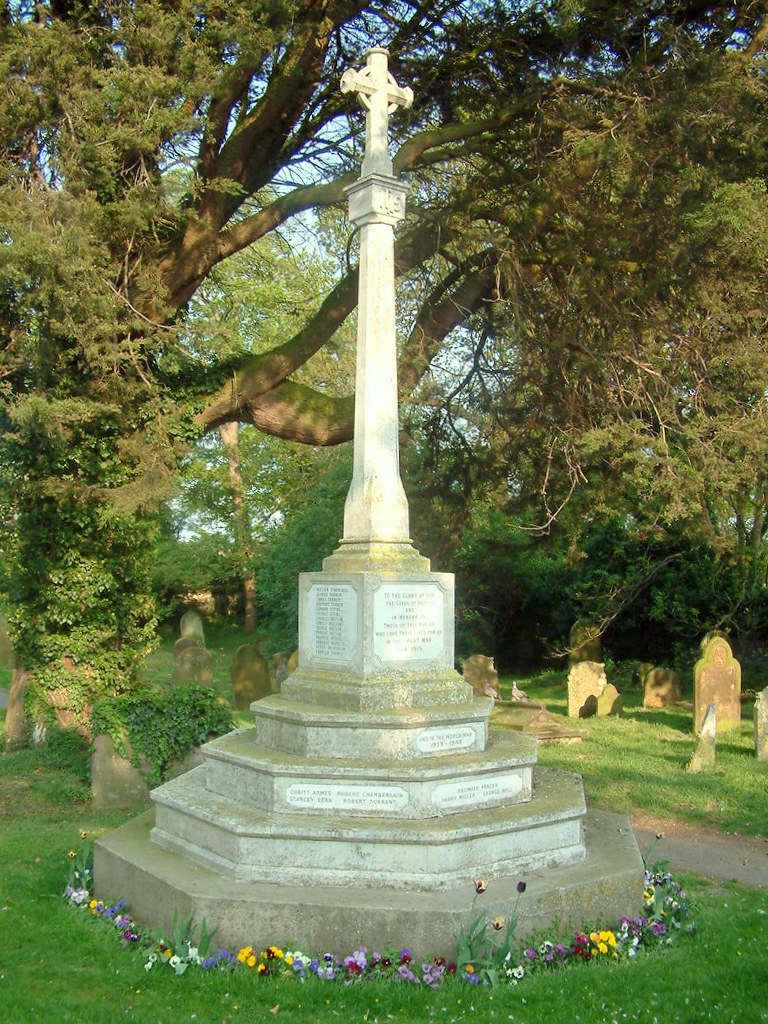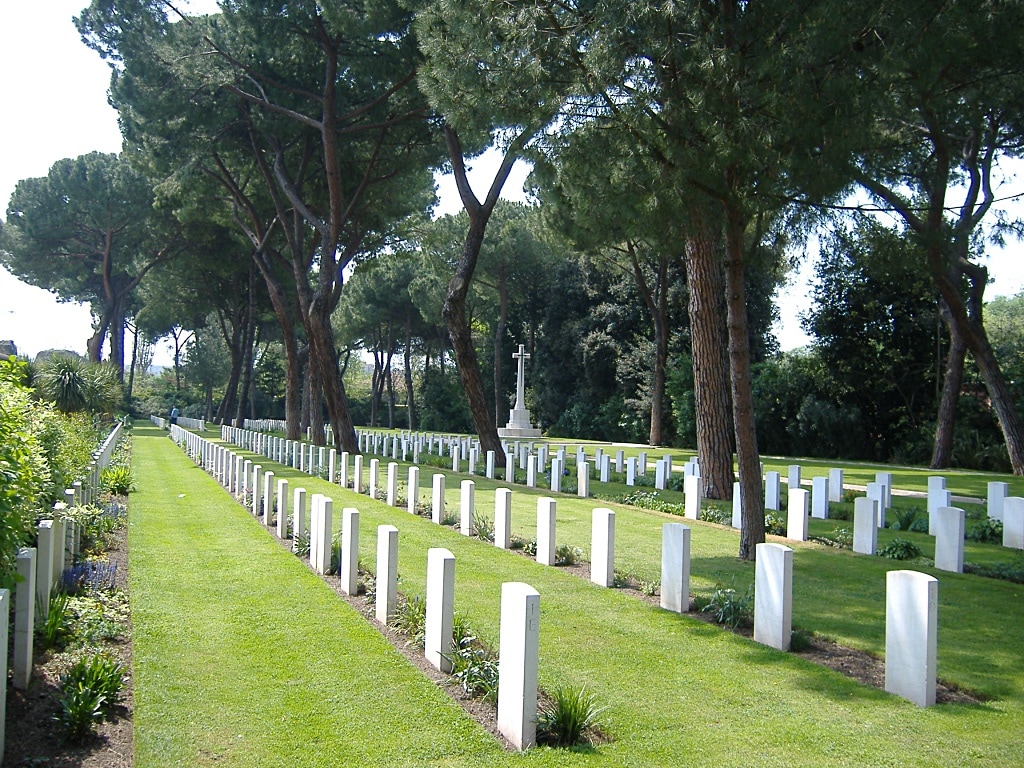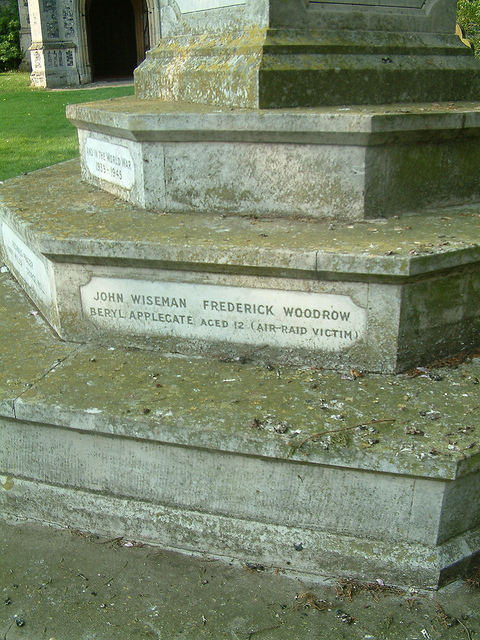Frederick George Woodrow (1906-1944) of Martham.

Frederick is listed on the War Memorial as one of those who gave his life during the Second World War.
Frederick was born on 8th September 1906 in Burgh St Margaret, Norfolk. He was the fifth child of John Woodrow & Mary Elizabeth, nee Rowe. His four siblings were: Minnie Elizabeth (b1895), Herbert John (b1897), Ethel Mary (b1901) and Adelaide Maud (b1903).
He was baptized on 7th October 1906 at Burgh St Margaret and appeared in the 1911 census living with his family at Burgh St Margaret when he was 4.
When he was 35, he married Doris Nellie Herrning the daughter of John & Annie Herrning in Edmonton, North London. They do not appear to have had any children.
Frederick served in the military in 1944 as a member of the Royal Airforce Volunteer Reserve. His serial number was Corporal 1690668. He was killed when he was 38 on 21st November 1944 in Italy and is buried at the Rome War Cemetery, plot I, row F, grave 14.


The Royal Airforce Volunteer Reserve (RAFVR) was formed in July 1936 to provide individuals to supplement the Auxiliary Air Force (AAF) which had been formed in 1925 by the local Territorial Associations. Initially the RAFVR was composed of civilians recruited from the neighbourhoods of Reserve Flying Schools, which were run by civilian contractors who largely employed as instructors members of the Reserve of Air Force Officers (RAFO), who had previously completed a four-year short service commission as pilots in the RAF. Navigation instructors were mainly former master mariners without any air experience. Recruits were confined to men of between 18 and 25 years of age who had been accepted for part time training as Pilots, Observers and Wireless Operators. The object was to provide a reserve of aircrew for use in the event of war. By September 1939, the RAFVR comprised 6,646 Pilots, 1,625 Observers and 1,946 Wireless Operators.
When war broke out in 1939 the Air Ministry employed the RAFVR as the principal means for aircrew entry to serve with the RAF. A civilian volunteer on being accepted for aircrew training took an oath of allegiance (‘Attestation’) and was then inducted in to the RAFVR. Normally he returned to his civilian job for several months until he was called up for aircrew training. During this waiting period he could wear a silver RAFVR lapel badge to indicate his status.
By the end of 1941 more than half of Bomber Command aircrew were members of the RAFVR. Most of the pre-war pilot and observer NCO aircrew had been commissioned and the surviving regular officers and members of the RAFO filled the posts of flight and squadron commanders. Eventually of the “RAF” aircrew in the Command probably more than 95% were serving members of the RAFVR.
On 3 September 1943 the Allies invaded the Italian mainland, the invasion coinciding with an armistice made with the Italians who then re-entered the war on the Allied side. Progress through southern Italy was rapid despite stiff resistance, but the advance was checked for some months at the German winter defensive position known as the Gustav Line. Operations in January 1944 landed troops behind the German lines at Anzio, but a breakthrough was not achieved until 18 May when, after fierce fighting, Cassino finally fell to the Allies. Rome was taken on 3 June as the German withdrawal continued. The cemetery was started shortly afterwards and was used mainly for burials from the occupying garrison, but a few graves were brought in from the surrounding country, and some soldiers and airmen who died as prisoners of war in Rome are also buried there. Rome War Cemetery was designed by Louis de Soissons. It contains 426 Commonwealth burials of the Second World War.